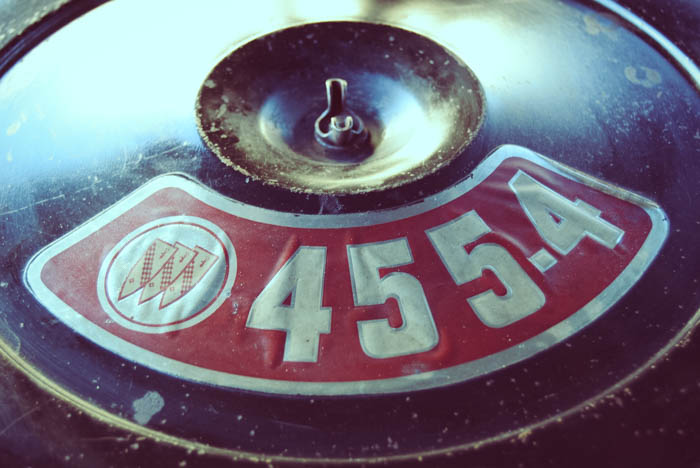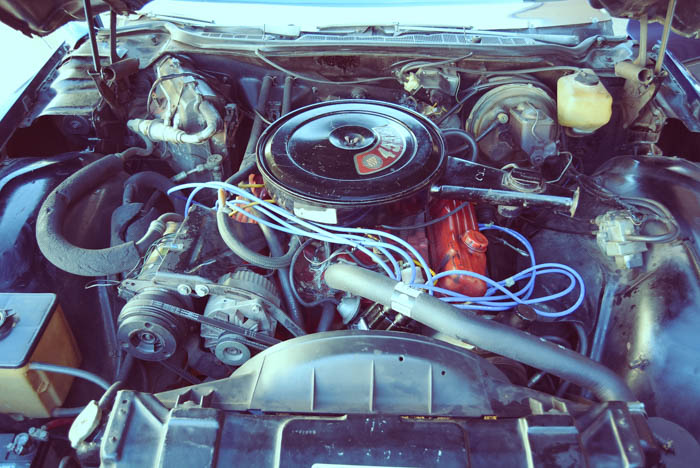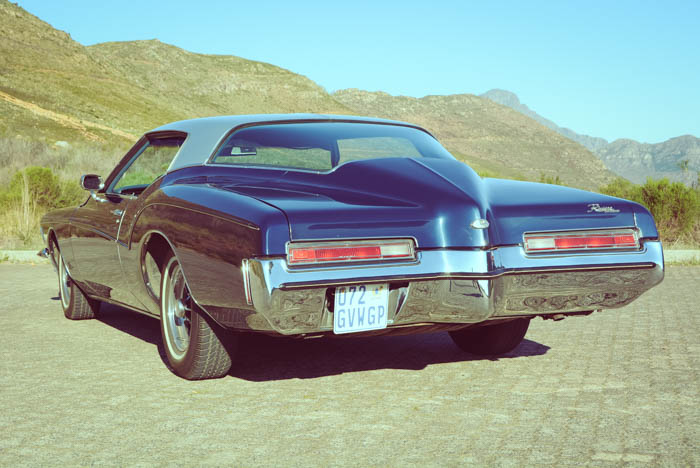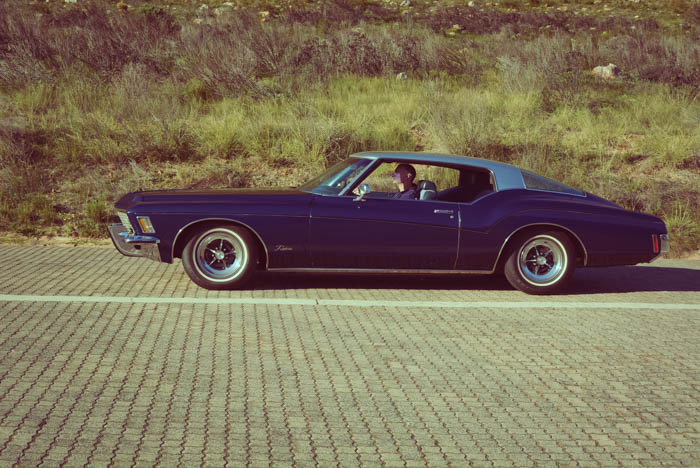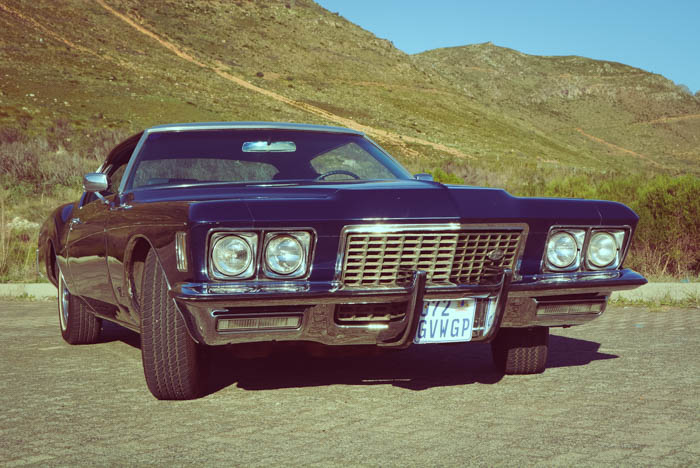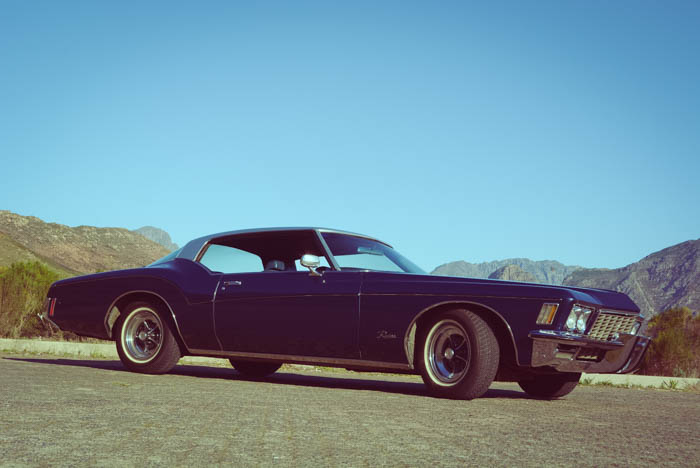
20 Jun COLLECTION IN ACTION – R
An alphabetical series of short driving impressions of some of the museum’s car collection. This month we symbolize R with one of America’s most extrovert coupés.
For most of us the name Riviera is synonymous sun kissed coastlines and the good life and in 1949 the glamour of the title appealed to conservative automaker Buick, who adopted the name for a “stunningly smart” derivative of its Roadmaster model line-up. The name then lasted as a spec level on various models until 1963 when GM needed a ‘personal luxury car’ to challenge the sales success of Ford’s Thunderbird, and the Riviera finally became a model line in its own right, but only after Buick fended off challenges from rival GM subsidiaries Pontiac and Oldsmobile.
Cadillac had presented an XP-715 concept car but the company’s management was not really interested in putting it into production so the rest of the GM stable was invited to pitch for the design. Buick was struggling and, with the aid of the McCann-Erickson advertising agency, managed to beat off its stablemates to earn the rights to production, and so on 4 October 1962 the virtually unchanged design became the first-generation Buick Riviera.
The car broke new ground because, unusually for badge-engineering conscious GM, the Riviera boasted a unique bodyshell – it was not to be shared with other brands in the corporation. And it was an instant success, the T’bird’s first serious challenger, and during its three-year production life it sold a respectable 112 244 units.
The second-generation Riviera was in production from 1966 to 1970. The redesign incorporated a longer, wider, more rounded body style and modernised the ‘sweepspear’- inspired belt line introduced in the previous generation. This Riviera shared its cruciform frame, powertrain and brakes platform with the Oldsmobile Toronado and, later, the Cadillac Eldorado but, unlike the other two, retained rear-wheel drive. Despite the fact that 1970 sales dropped to 37 366, the five-year total was 227 669 units.
Although having always been a stylish design, the introduction of the third-generation Riviera in 1971 certainly rocked the establishment. The boat-tail design was a revelation, the tapered and curved rear screen an evolution of the split-screen look of the 1963 Chevrolet Corvette Sting Ray. The overall shapoe featured a distinctive central bumper-to-bumper thin ridge line running right through the grille, along the bonnet, over the roof and down the pointed tail, its subtle enhancement best appreciated when viewed from above. The muscular ‘raised hips’ rear fenders and pillarless glasshouse make for a striking profile.
FMM’s example is a 1972 model that differed marginally by having a different, thrusting ‘egg-crate grille’, vinyl side mouldings that accentuate the ‘Coke bottle’ bodyside swage line but without the ill-fated Full-Flo ventilation system’s louvres on the boot lid. Innovation does not always work out… It is a BIG car – 5 545 mm long, 2 032 mm wide, 1 372 mm high with a 3 099 mm wheelbase. Nominally it seats five, although the asymmetrically-split cloth-upholstered front seat could take a middle passenger without too much of a squeeze. The driver’s portion boasts electric adjustment via a joy-stick located in the door armrest, but even at its furthest setting, legroom is far from generous and the plastic three-spoke steering wheel sits close. Access to the rear is reasonable and headroom all round is good but, overall, cabin length is surprisingly short. Comfort is a given, and with all four panes of side glass electrically retracted, no matter where you sit it is a bit like sitting in a convertible with a peaked cap on. Cool…
Hydraulic dampers support the gazebo-sized bonnet under which sits GM’s Big Block 455ci (7 456 cm3) V8. Fed by a four-barrel Rochester carburettor and running a modest 8,5:1 compression ratio (in line with the USA’s EPA’s new emissions legislation), it pumps out 187 kW at a stress-free 4 000 r/min and a locomotive-like 509 N.m of torque at an equally lazy 2 800. Transmission is GM’s Turbo Hydramatic 400 three-speed with a column shift and together they propel the 2 040 kg Riviera to a claimed 0-100 km/h time of 9,4 seconds and a theoretical top speed of 202 km/h. Average combined fuel consumption is given at (gulp) 21,2 litres/100 km. Put your foot down and the popular belief that “there ain’t no substitoot fer cubic inches” springs to mind as the V8 rises to the occasion and emits that characteristic basso profundo rumble from its twin exhausts.
Manoeuvrability is hardly a strongpoint but the Riviera is built for cruising, not shopping. The power-assisted steering is light and it takes a little while to get used to gauging the right amount of input required to guide the Riviera through the twisties, although the view ahead is unhindered. With independent suspension up front and a self-levelling set-up at the rear, progress is surprisingly steady, devoid of the expected float typical of American cars of the era. Brisk cornering understandably brings about some body roll, but nothing excessive and not enough to tarnish what is the epitome of a boulevard ride. Attractive stylised rims are fitted with 225/75R15 whitewall tyres. Period road tests praised the disc/drum braking system, as well as the standard MaxTrac anti-wheelspin control.
Despite costing way under the T’bird’s sticker price, sadly the third-generation Riviera failed to turn around the company’s fortunes. Yearly sales continued to fall, which led management to believe that the boat-tail design was too radical for most customers’ tastes, so in 1973 it was blunted and made slightly shorter, which did lead to a marginal increase in sales. But the model was replaced by the fourth-generation Riviera in 1974. Built on the same platform and mechanicals – even with some carryover body panels – the distinctive boat-tail design gave way to what is described as the ‘Colonnade’ treatment, and the car became a pillared coupé with fixed quarter windows. Four more generations were to follow, none of which captured the imagination of the buying public in the way that the first three had done, and the Riviera name was dropped in 1999.
The first two iterations of the Riviera set a styling trend that captured the imagination of the American public. But when the dramatic boat-tail version appeared they inexplicably shied away, leaving in their wake one of the most stylish, charismatic and distinctive personal luxury cars of its time. It was one that got away. MM
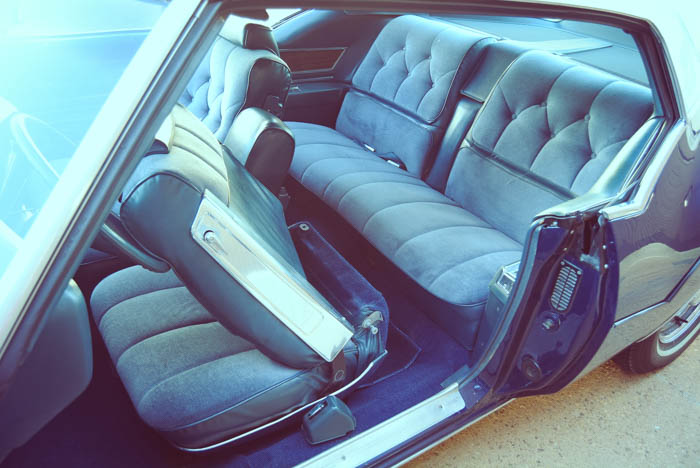
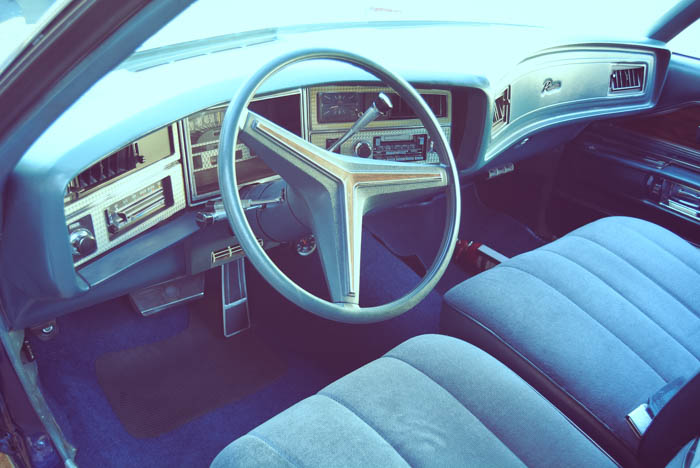
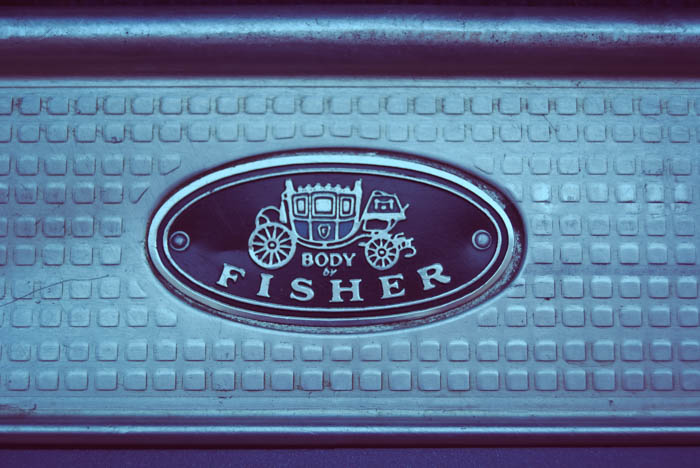
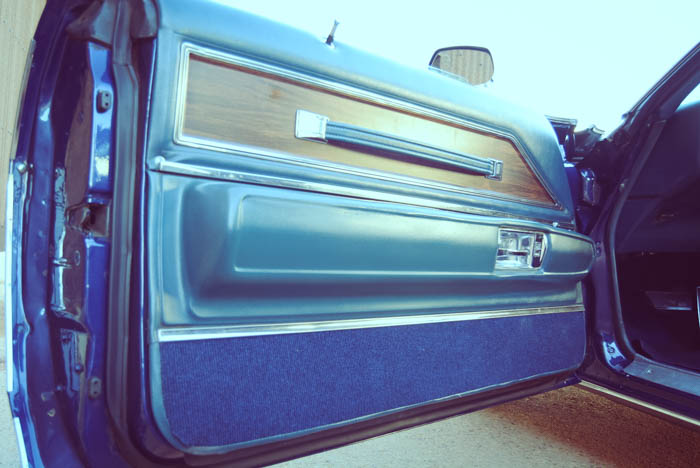
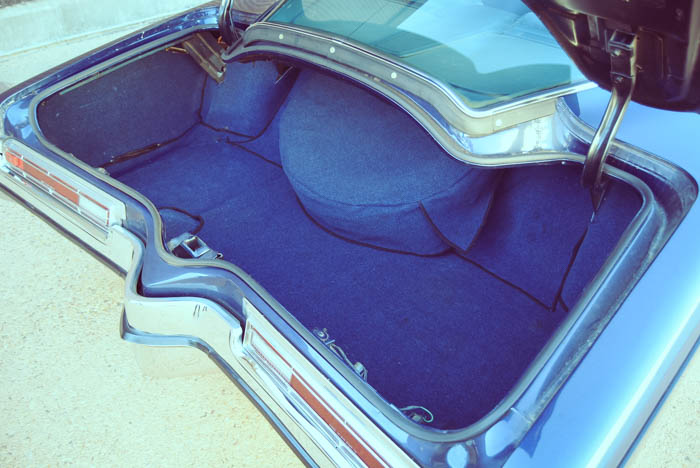
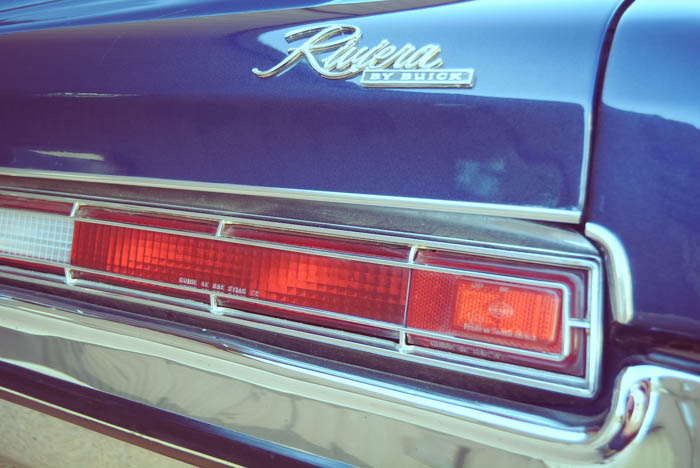
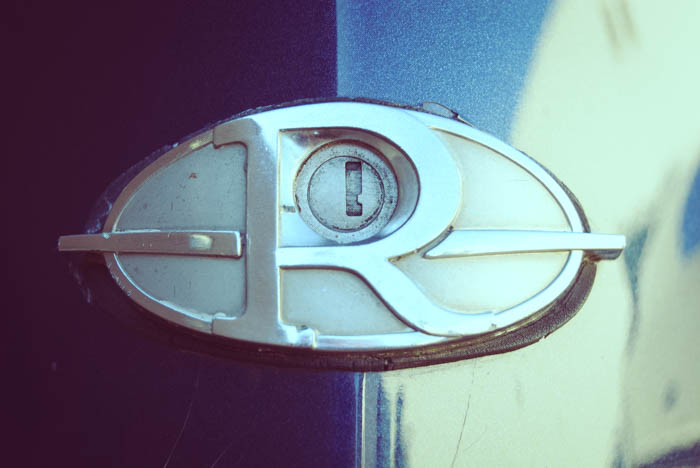
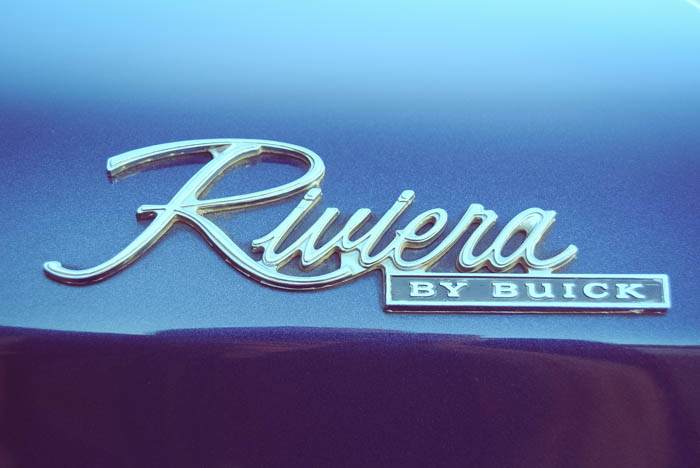
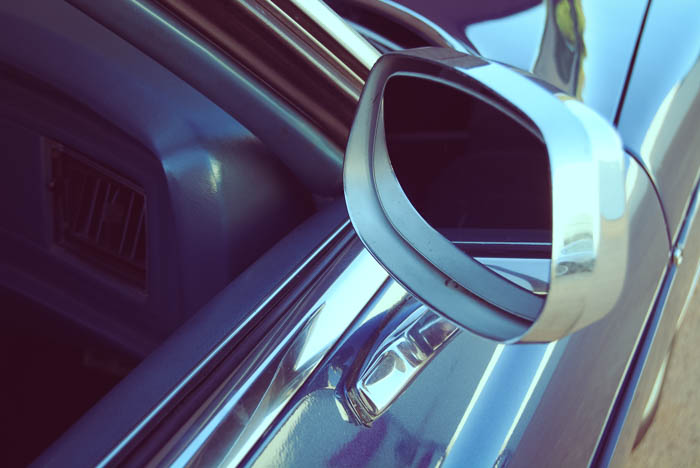
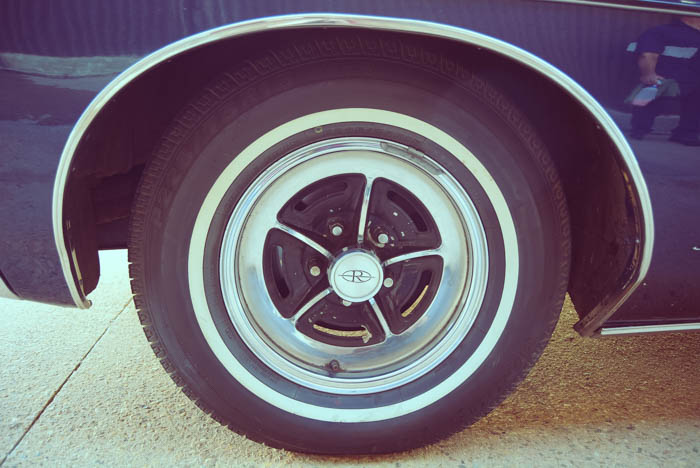 <img class="alignleft size-full wp-image-2431" src="http://www.fmm viagra sicher online bestellen.co.za/wp-content/uploads/2016/06/FMM-Buick-Riviera-032.jpg” alt=”FMM Buick Riviera 032″ width=”700″ height=”468″ srcset=”https://www.fmm.co.za/wp-content/uploads/2016/06/FMM-Buick-Riviera-032.jpg 700w, https://www.fmm.co.za/wp-content/uploads/2016/06/FMM-Buick-Riviera-032-300×201.jpg 300w” sizes=”(max-width: 700px) 100vw, 700px” />
<img class="alignleft size-full wp-image-2431" src="http://www.fmm viagra sicher online bestellen.co.za/wp-content/uploads/2016/06/FMM-Buick-Riviera-032.jpg” alt=”FMM Buick Riviera 032″ width=”700″ height=”468″ srcset=”https://www.fmm.co.za/wp-content/uploads/2016/06/FMM-Buick-Riviera-032.jpg 700w, https://www.fmm.co.za/wp-content/uploads/2016/06/FMM-Buick-Riviera-032-300×201.jpg 300w” sizes=”(max-width: 700px) 100vw, 700px” /> 